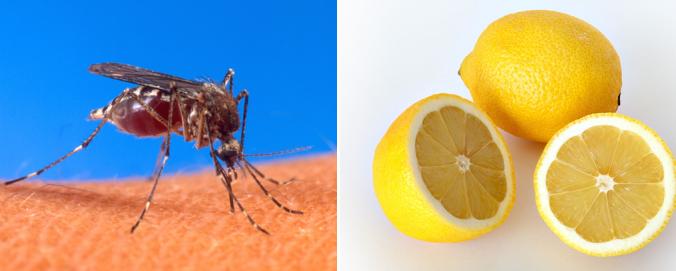The New York Times, March 25, 2015
Scientists in Iceland have produced an unprecedented snapshot of a nation’s genetic makeup, discovering a host of previously unknown gene mutations that may play roles in ailments as diverse as Alzheimer’s disease, heart disease and gallstones.
“This is amazing work, there’s no question about it,” said Daniel G. MacArthur, a geneticist at Massachusetts General Hospital who was not involved in the research. “They’ve now managed to get more genetic data on a much larger chunk of the population than in any other country in the world.”
Continue reading “In Iceland’s DNA, New Clues to Disease-Causing Genes”

